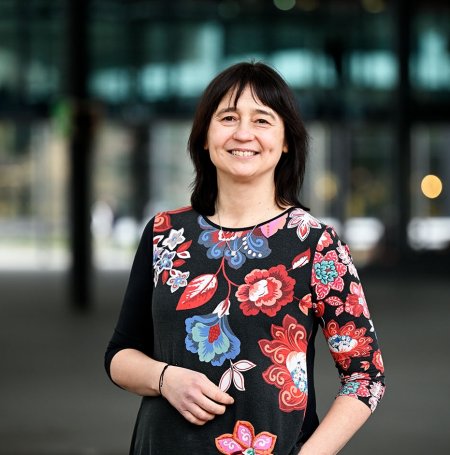Project: Progressive uncertainty visualization in tractography
Description

Tractography, frequently also referred to as fiber tracking, is the most commonly used technique for reconstructing and visualizing nerve tracts in the human brain. The processing pipeline to visualize this data, from image acquisition to the final rendering, is rather complex and along the way uncertainties are introduced. Stochastic techniques have been proposed to determine the error distribution of reconstructed fibers. However, these techniques incur a high computational cost, which in turn limits the clinical use of fiber uncertainty analysis.
Progressive visualization techniques have been proposed to accelerate the computations, but effective visualizations using the progressive visual analytic workflow remains an open problem: due to the abundance of fibers and the need to show fiber variability, visualizations can quickly become cluttered. Several visualization techniques have been developed that can effectively show fiber uncertainty using fiber hull wrapping, but these techniques have often not been designed with a progressive workflow in mind. Some visualizations make assumptions on the fiber trajectories, whereas other visualizations require complete regeneration of the hulls for every new fiber that has been tracked. As several existing visualization techniques take up anywhere from a second to a couple of minutes to generate a fiber hull wrapping, this is unworkable in a progressive and interactive setting.
To address the absence of progressive fiber uncertainty visualizations, we propose a new progressive visualization based on existing fiber uncertainty visualizations. Visitation maps and isosurface ray- casting are used to generate hulls around the dynamic fiber ensemble at interactive rates. Furthermore, we introduce the concept of a distance-score hull to complement the visitation map hulls. To avoid visual clutter, a combination of traditional and illustrative techniques are used.
Details
- Student
-
RRRutger Rauws
- Supervisor
-
 Anna Vilanova
Anna Vilanova
- Secondary supervisor
-
 Faizan Siddiqui
Faizan Siddiqui
- Link
- Thesis